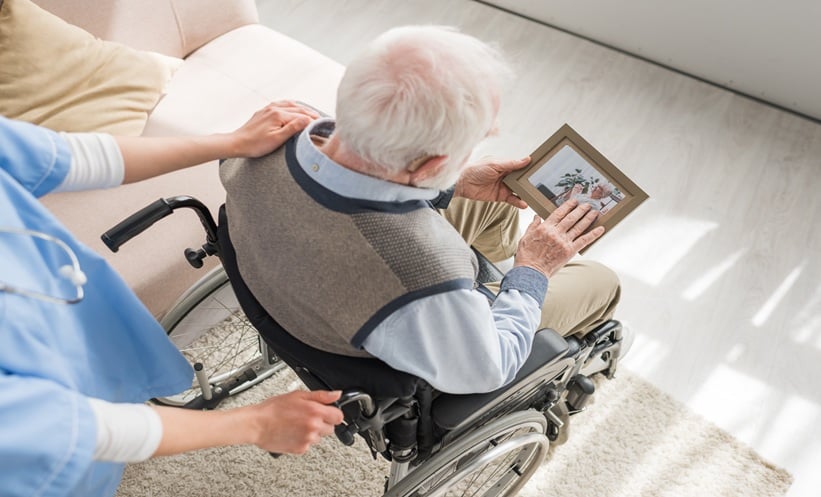BACKGROUND
Spinal cord injury (SCI) is a central nervous system injury that often leads to motor, sensory, and autonomic dysfunction. Non-invasive trans-spinal electrical stimulation (ts-ES) has been shown to activate neural networks below the injury and improve motor,1,2 as well as autonomic function recovery after SCI.3 The objective of this study4 was to compare changes in motor and autonomic function attributable to ts-ES in individuals with incomplete SCI after 4 weeks of personalized locomotor (treadmill-walking-based) training.
METHODS
Participants (n=6, 1 female) received 4 weeks of treadmill training with personalized step-cycle based peripheral functional electrical stimulation (FES) with or without additional, non-invasive lumbar ts-ES. Spinal stimulation was done by rectangular, monophasic current pulses (1 ms) at 40 Hz frequency for max 1–3-minute bouts, with intensity adjusted for each participant (17–35 mA). Clinical outcome measures of motor function (2-minute walk test, Berg Balance, and modified SCIM-Mobility) and metabolic analysis were assessed before and after training. Metabolic analysis of oxygen consumption was performed at the start and at the end of the training, which consisted of automatic, breath-by-breath analysis of oxygen consumption (VO2 sub-max), and heart rate measurements during graded treadmill tasks (from seated rest, standing, to walking at increasing speeds). Ground forces and electromyography (EMG) recordings while walking on a treadmill allowed quantification of muscle activity, and a combination of locomotor assessment tools were used to create cycle-based analysis of each person’s locomotor EMG profile from randomly selected steps (n=18–28). Averaged EMGs obtained with and without ts-ES were compared by using a 500 ms window aligned to maximum vertical force loading on the left leg. Changes induced by ts-ES in each muscle’s root-mean square (RMS) in the raw EMG, and mean amplitude of the filtered and rectified EMG were measured in this window and calculated as percent of the EMG activity during no ts-ES condition.
RESULTS
Quantitative analysis of EMG activity showed facilitation of muscle activity in ankle and knee extensors with about 10–25% increases during forward walking. Qualitatively, based on participant feedback, ts-ES in addition to FES during locomotor training was tolerable, and improved leg movement EMG output, even during backward walking and step-arm-reach tasks. Moreover, ts-ES tended to increase heart rate and VO2 sub-max when applied acutely, i.e., within one session for 1–2 minutes.
CONCLUSIONS
Personalized rehabilitation strategies combining ts-ES with locomotor training with not only forward walking, but also backward walking or step-and-reach tasks, in addition to FES, have a realistic potential to improve metabolic output during recovery in people living with SCI.





